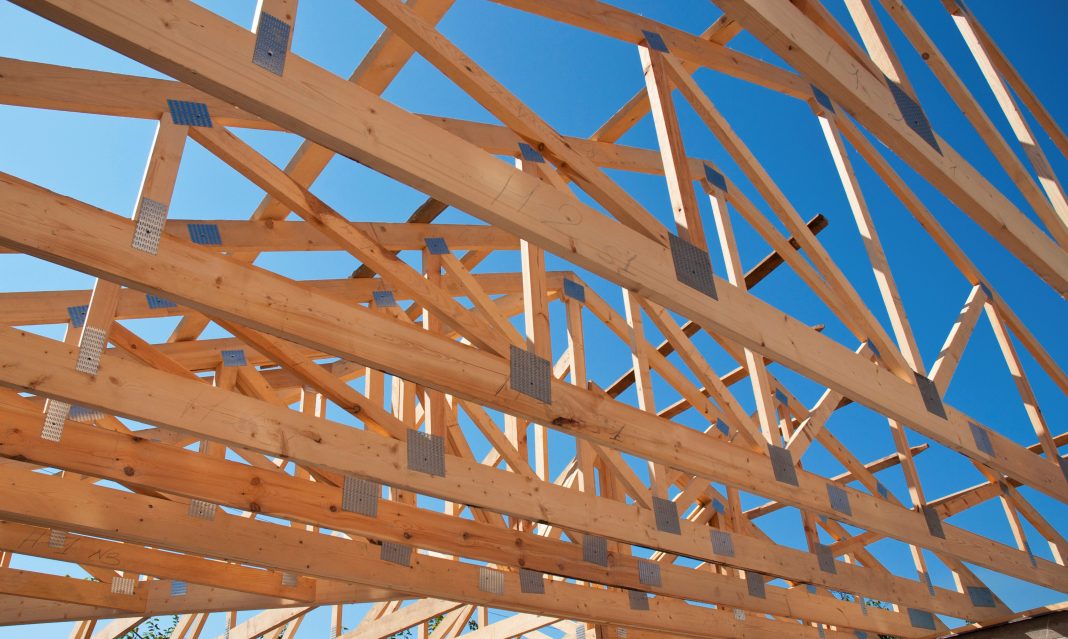Sales of timber homes and buildings will reach £800m in 2020 as growth in timber frame housebuilding outpaces traditional construction methods, according to the new Timber Frame Construction report from MTW Research
Based on data from 80% of the timber frame market, the research revealed that whilst total housebuilding will increase by around 2.5% in 2020, timber frame buildings will continue to grow and will outperform housebuilding in general.
Timber Frame Construction report findings
The Timber Frame Construction report identifies key growth sectors within the market, stating that the recent Government focus on Modern Methods of Construction (MMC) will inject additional impetus for sales of volumetric buildings, closed panel and SIPS technology in particular.
The positive environmental credentials of timber homes is highlighted as a key growth opportunity for the timber frame sector in 2020 and beyond. The report discusses the positive impact of the Climate Change Committee’s assertion that 270,000 timber frame homes built each year could triple the amount of carbon captured in UK homes.
The report identifies carbon capture, enhanced quality control, faster build times, reduced on-site costs, waste and labour as characteristics which are set to underpin growth of more than £40m a year through to 2024.
Boosted by Homes England’s strategic plan, MTW forecast double-digit growth for the closed panel, SIPS and volumetric timber markets. Open panel timber frame housebuilding is also forecast to exhibit healthy rates of growth in the medium term.
MTW estimate that the top 25 timber frame suppliers account for less than 30% of the timber frame housing market underlining the high level of fragmentation of the market in 2020.
MTW’s director Mark Waddy, said: “Consolidation of the timber frame market through mergers and acquisitions is increasingly likely in the next few years as competition increases.
“Market positioning is also set to grow in significance, with the timber frame market increasingly segmenting and polarising – for example into higher value volumetric and lower value open panel products.”
End users of timber frame building
The report also segments the timber frame building market by end use sector, finding that offices, leisure & retail account for the largest share in 2020, with infrastructure and education also significant in share terms.
Regionally, MTW found that the North West and Eastern regions remain significant in terms of timber frame construction, with the South East and
Scotland continues to lead the way in timber frame housebuilding, although Wales, England and Northern Ireland have all continued to experience volume growth.
The report also finds that that detached houses account for almost a third of timber frame building activity in 2020, while semi-detached houses continue to gain share of the timber frame market.














